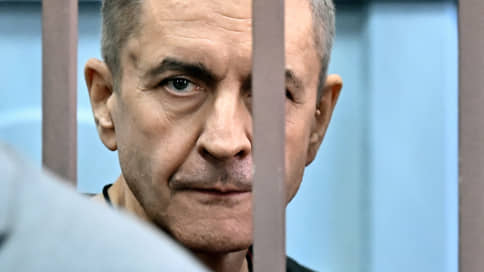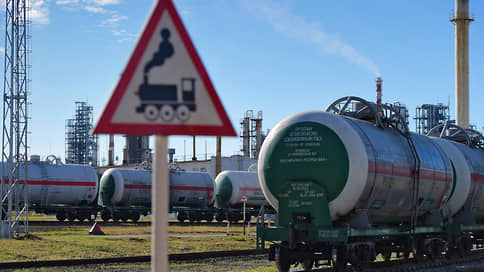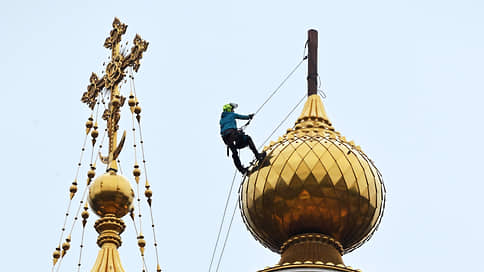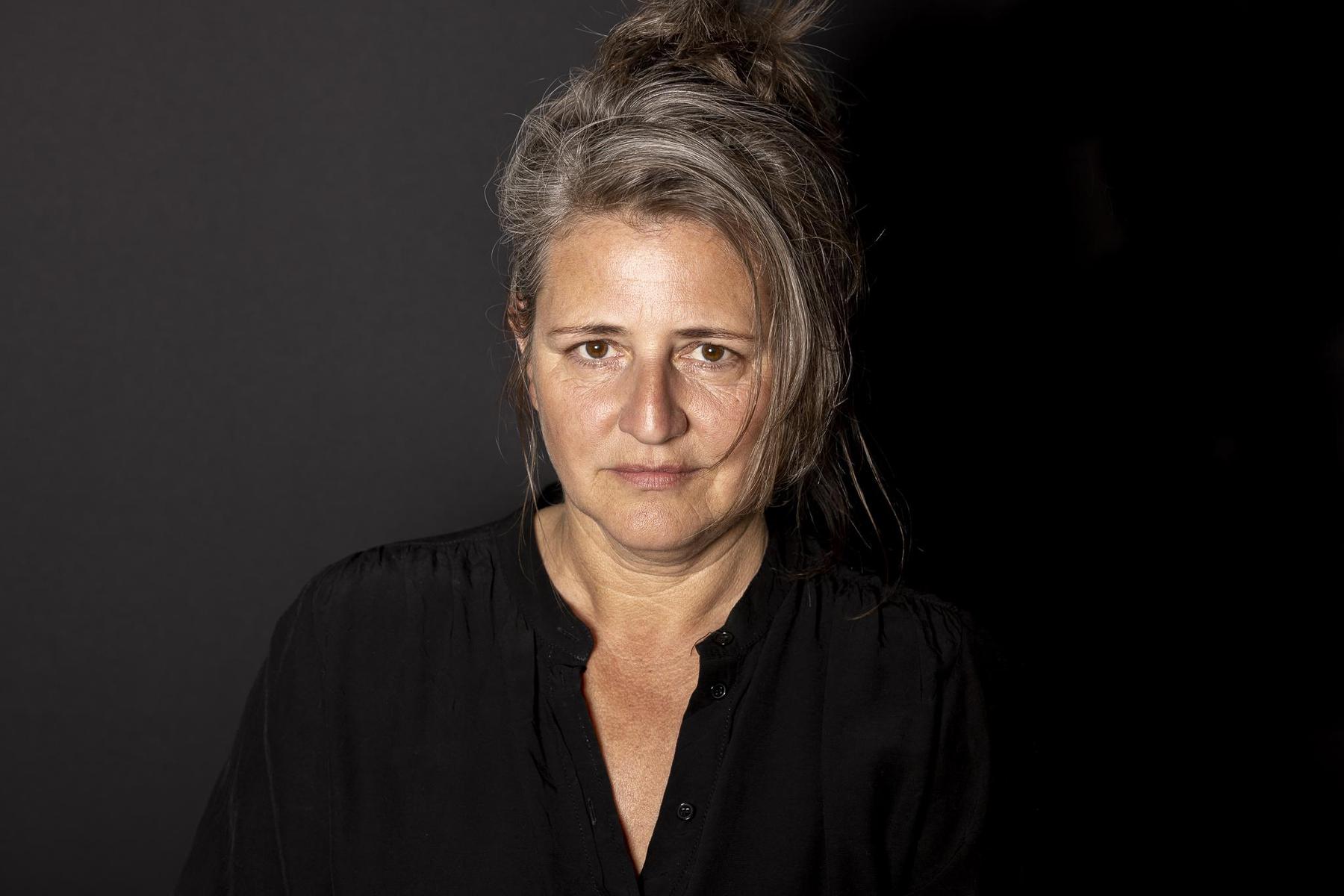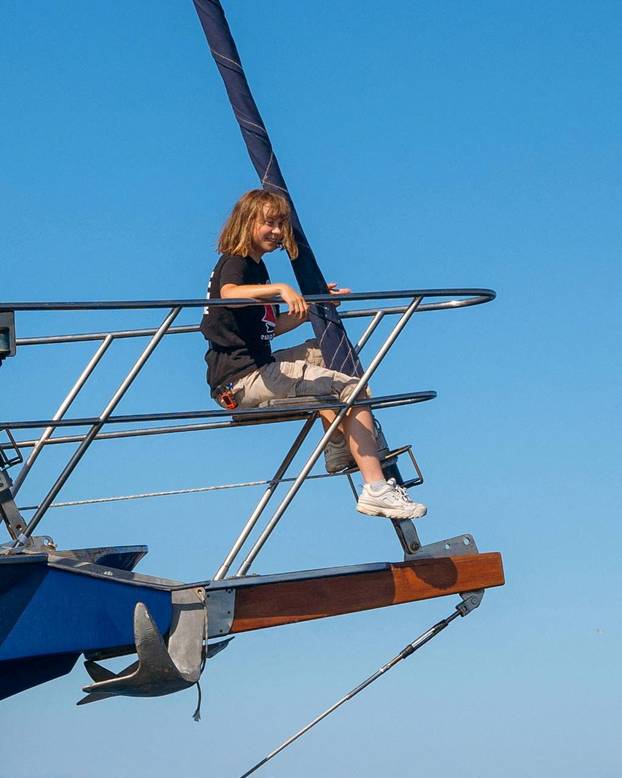Irtea will begin serial production of Single RAN stations
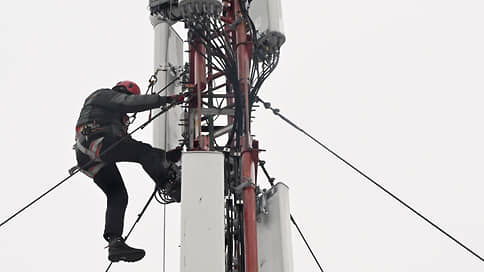
By the end of the year, the Russian manufacturer of telecommunication equipment “Irtea” will produce 2 thousand basic stations of a new type, which simultaneously support three communication standards at once – 2G, 4G, 5G. This type of base stations allows you to save on equipment, and thus optimize the costs of operators.
The manufacturer of domestic basic stations Irtea (50% of the MTS and FPI “Aquarius Advanced Technologies”) will begin serial production of a new type of base stations-Single Ran, which simultaneously support 2G, 4G, 5G, told Kommersant in the company’s press service. By the end of the year, it is planned to produce 2 thousand similar stations. “Single Ran technology is supported at the software level. In total, for 2023–2025, investing and launching in production amounted to about 4 billion rubles, ”added Irtee.
Since 2022, Russian basic stations have been developing Bulat (51% with Rostelecom), Irtea and KNS Group (Yadro brand, included in Ix Holding). Earlier, Kommersant reported that the government hopes that by 2029, all GSM, LTE and 5G standards established by operators of communication will be only Russian production (See “Kommersant” dated October 29, 2024).
MTS Galactionov CEO at the Telecom-2025 forum, organized by the Vedomosti newspaper, reported yesterday that the speed of mobile Internet at already installed base stations Single Ran reaches 60-100 Mbit/s when working in the same frequency range. When using the technology of combining several frequencies, it claims, the speed is up to 200-300 Mbit/s.
At the same time, Irtee admit that the company maintains dependence on the import of the electronic component base, but if this year is less than 5% of the components of domestic, then in the serial model of 2027 they expect to bring this share to 30%. The Bulat says that their base stations are supported by 2G and 4G standards, this year it is planned to produce 250 stations. At the same time, according to the company representative, “the component base complies with the requirements of the Government of the Russian Federation for the production of domestic telecom equipment.”
Until 2030, Ix Holding will supply 55 thousand base stations 2G/4G and 5G Ready according to agreements with “three leading” telecom operators, the company said. “This is domestic development of the hardware and software, as well as production at all key stages – from printed circuit boards to surface installation using domestic integral schemes and components,” the company representative added.
At the Telecom-2025 forum, the company general of the company Alexei Shelobkov said that this year the company would begin serial production of basic stations, and the total volume of investments in their development and production will reach about 30 billion rubles.
MegaFon tests various types of network equipment, including Russian production, the company says. He has signed forwarding contracts with Yadro and Bulat. At the same time, the company representative explains that the mobile Internet speeds declared by Irtei are enough “for most household tasks, but it all depends on a specific subscriber service”. In T2, it is added that the volume of delivery under their forwarding contracts with the Bulat and Yadro « is enough to provide customers with a stable connection. » Vimpelkom refused to comment.
Single Ran technology allows you to save on equipment, says independent telecom-analyst Alexei Slimin: “Such a station itself costs more than the one that works in the same standard. But due to the fact that a set of equipment is needed for one site, the aggregate of capital costs is lower than for regular assembly. ” In total, the current need of communication operators in the base stations is 40-60 thousand per year, but “taking into account the reduction in the pace of construction in past years, the need can reach 80-100 thousand per year for the four operators,” he says. The interlocutor “Kommersant” on the telecom market estimates the cost of one domestic base station of $ 30–35 thousand with the cost of foreign analogues of about $ 20–25 thousand.

